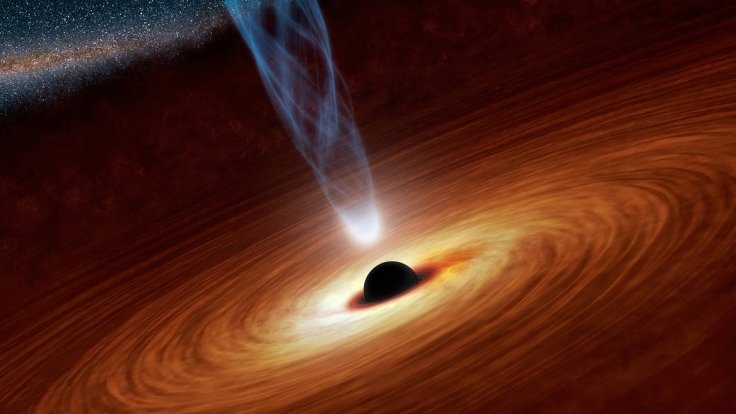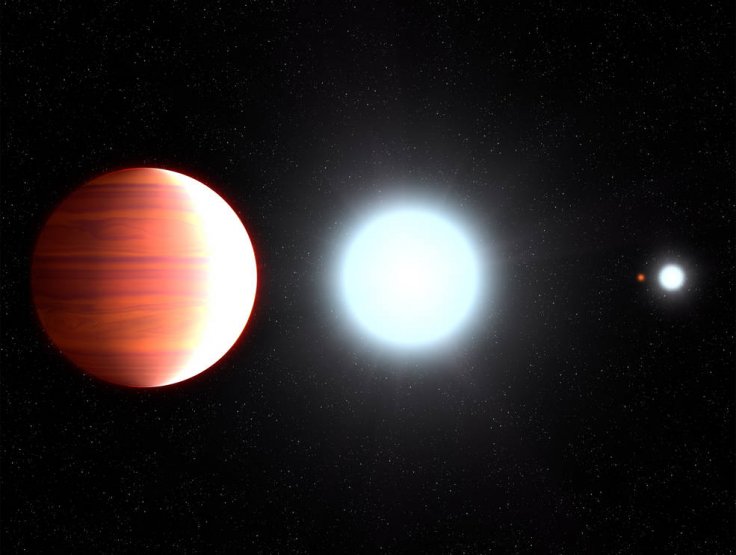Two scientists from Japan carried out a new study claiming that large planets can form around and orbit supermassive black holes. The main point of their study goes against the common scientific belief that planets can only be found near their host stars such as the Sun.
The findings of the new study, which was submitted for publication in the Astrophysical Journal, are based on the idea that stars are enclosed by a protoplanetary disk filled with dust and other cosmic debris. Theoretically, as these clouds of dust and other particles orbit the star, they fuse together to create larger cosmic bodies such as planets.

Accretion Disks Of Supermassive Black Holes
According to the authors of the new study, stars are not the only massive objects in space that have disks around them. They pointed out that supermassive black holes are surrounded by accretion disks that contain dust and various cosmic materials. For the study's co-author, Keiichi Wada of the Kagoshima University, the dust found in accretion disks could also clump together to form planets.
Once these planets have been formed, they will be drawn by the gravitational force of the black hole. This means they would eventually orbit the black hole, just like how planets go around their host stars. "With the right conditions, planets could be formed even in harsh environments, such as around a black hole," Wada said in a press release.
Ideal Conditions for Planet Formation
For Wada and his colleague, the right conditions refer to the cool temperature within the protoplanetary disk. In stars, regions within the disk with lower temperatures allow dust particles with ice mantles to accrete or clump together. Objects within these regions will continue to grow in size through accretion until they become planets.
As for supermassive black holes, they are known to have disks that are significantly more massive than those of stars as big as the Sun. Due to the density of a black hole's disk, it is able to prevent intense radiation from penetrating. This causes low-temperature regions within the disk to emerge.

Supermassive Black Holes With Orbiting Planets
As the objects within the cold regions of a black hole's disk becomes bigger, it eventually turns into a planet. Due to the amount of debris within the accretion disk, the researchers noted that supermassive black holes are capable of creating planets bigger than Earth. Once the planets have been created, they would stay within the black hole's orbit, creating a cosmic structure similar to a solar system.
"Our calculations show that tens of thousands of planets with 10 times the mass of the Earth could be formed around 10 light-years from a black hole," Eiichiro Kokubo of the National Astronomical Observatory of Japan said.









